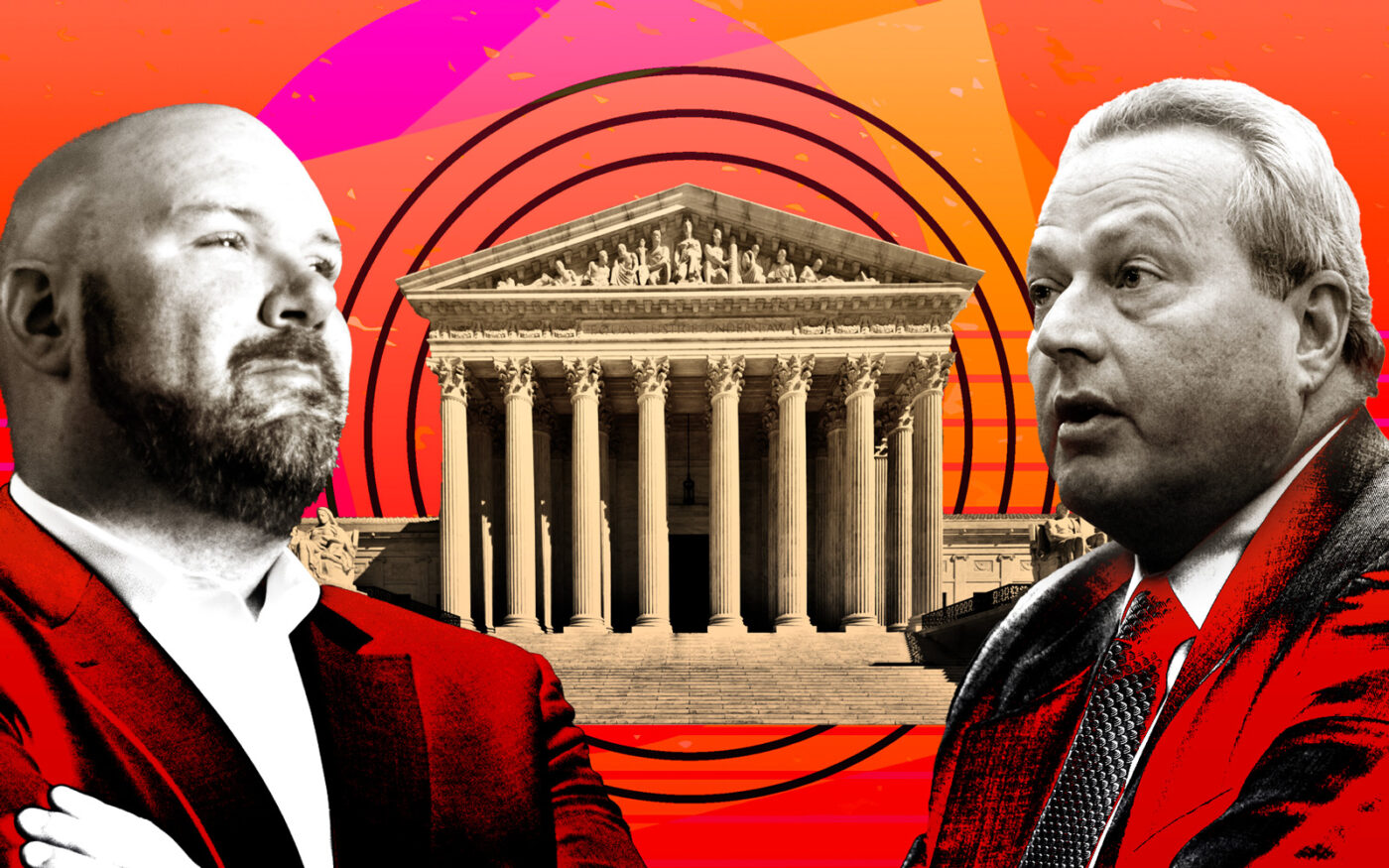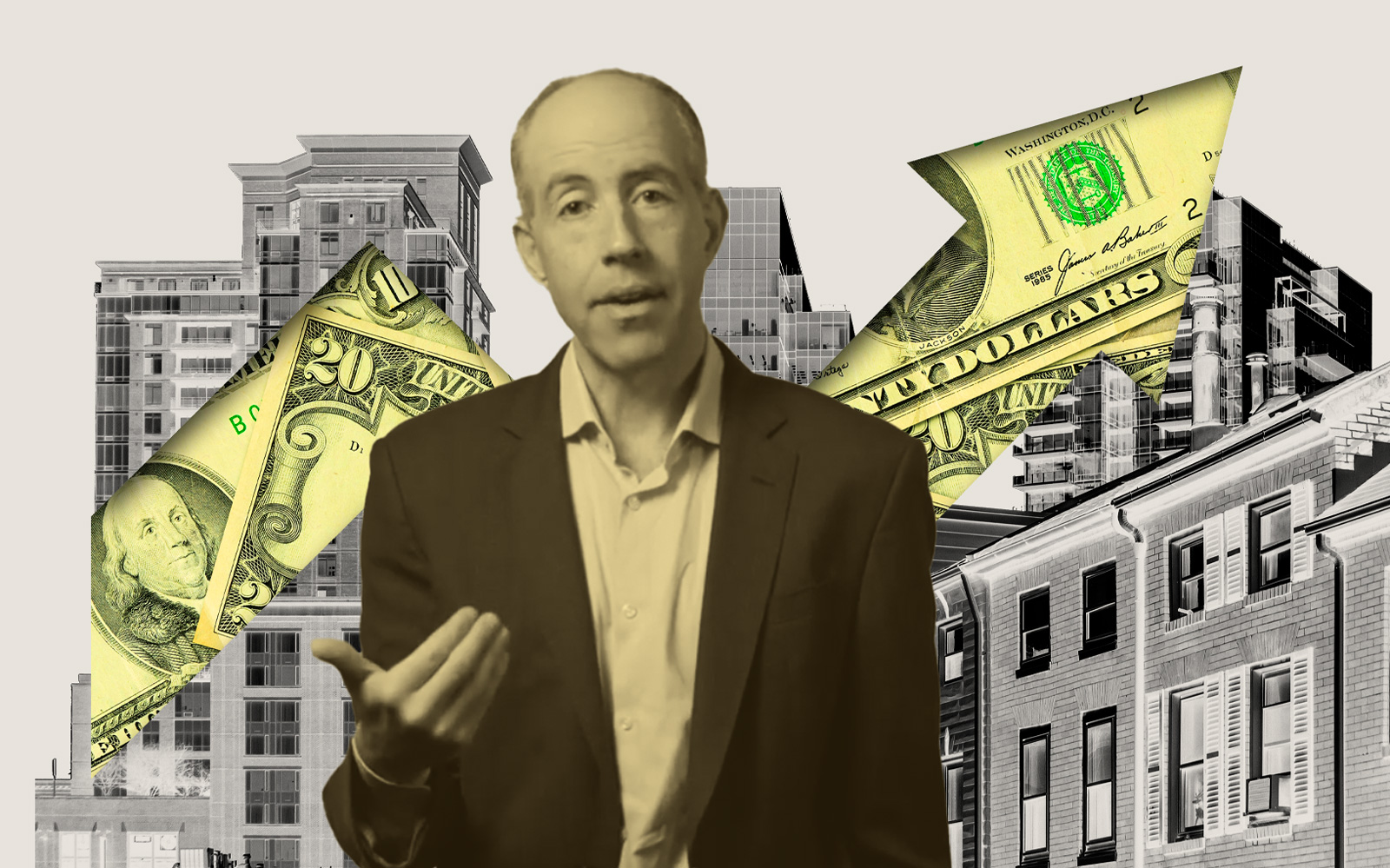Landlords take rent law challenge to Supreme Court
Owners’ last, best shot to end rent stabilization in New York

Nearly four years ago, landlord groups filed a federal lawsuit challenging New York’s newly minted rent law, expecting to fail at every level — until the last one.
On Monday, with the anticipated trail of lower court losses behind them, the groups took their fight to the highest court in the land.
The Rent Stabilization Association, the Community Housing Improvement Program and a few individual landlords filed a petition asking the U.S. Supreme Court to consider their challenge to New York’s rent stabilization law.
The groups first filed a lawsuit in July 2019, alleging that the state law, which regulates leases at nearly 1 million apartments throughout New York City, violated the Fifth Amendment’s takings clause and the 14th Amendment’s due process clause.
The complaint, which not only challenged the Housing Stability and Tenant Protection Act of 2019 but rent stabilization as a concept, charged that the law deprives owners of the use of their properties while also failing to address New York’s affordable housing shortage.
To date, the courts have not agreed. Most recently, the Second Circuit affirmed the New York Eastern District Court’s dismissal of their case, as well as a similar suit brought by mom-and-pop owners Dino, Dimos and Vasiliki Panagoulias.
In their petition, the groups ask the court to affirm a “fundamental limitation against undue burden on select property owners” — that is, landlords forced to provide “public assistance” to tenants through low rents, lease renewals and succession rights.
The city’s Rent Guidelines Board considers tenants’ ability to pay rent rates when it sets annual rent increases, leading to “a widening gap between owner costs and regulated rents,” the petition states.
This month, the board proposed a 2 to 5 percent increase on one-year leases and 4 to 7 percent for two-year agreements, rates criticized by tenants and landlords for diametrically opposed reasons. The 2019 changes to the rent law cut off other ways for landlords to raise rents on regulated apartments.
The petition calls on the court to “clarify the framework that applies when a law places the burden of rectifying a societal problem on a select minority of property owners.”
The “easily demonized owners” are “vastly overwhelmed … by the combined voting power of the tenant-beneficiaries” and taxpayers who would otherwise pay for providing affordable housing, the petition states. “Politicians can make tenants and taxpayers alike happy by shifting the cost of providing below-market-rate housing onto a minority of building owners.”
The landlords are pinning their case on a 2021 decision by the high court. In Cedar Point Nursery v. Hassid, the court’s conservative majority deemed unconstitutional a California law requiring employers to allow union organizers onto their property for up to three hours a day. The Second Circuit rejected landlords’ comparison with New York’s rent law.
The landlord groups argue that the rent law “confers a much more extensive right to physically invade” as stabilized tenants are guaranteed lease renewals, and owners’ ability to reclaim an apartment are extremely limited. Under the law, owners can take back a single unit if they plan to use it as a primary residence and can prove “an immediate and compelling necessity.”
The petition argues that the Second Circuit took the “erroneous view” that the takings clause applies differently in “the landlord-tenant context.”
The petition also warns that other cities may follow New York’s lead in “enacting ever more restrictive regulation that commandeers private property.” It points to laws in San Francisco and Los Angeles that limit when an owner can reclaim apartments.
RSA and CHIP acknowledged early on that their challenge’s chances depended on the nation’s highest court, though there is no guarantee the case will be heard. In fact, the Supreme Court has previously declined to take up rent control cases and only reviews about 100 to 150 of the more than 7,000 petitions it receives annually.
“Existing law and legal precedent are clear: New York’s long-standing rent stabilization laws and the HSTPA are both legal and sound policy,” the Legal Aid Society said in a statement. “The Second Circuit unanimously ruled against the real estate industry for those exact reasons, and this lawsuit isn’t worth any further debate, especially in the Supreme Court.”







